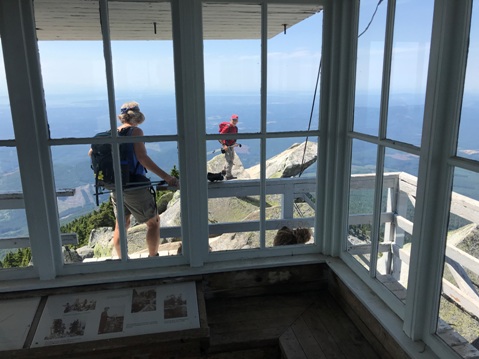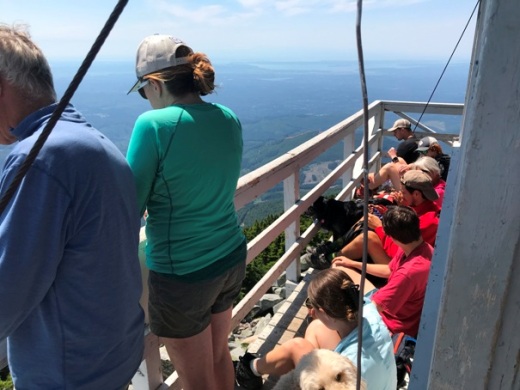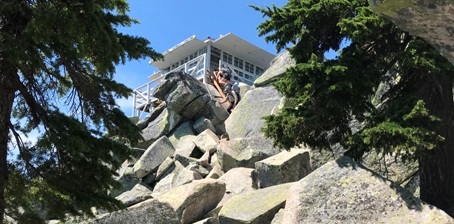Mount Pilchuck Fire Lookout History
Summit Elevation: 5,327 feet
Distance: 2.5 miles
Elevation Gain: 2,200 feet
Access: Some high-clearance best, many potholes.
WillhiteWeb.com
The original access trail to the top of Mt. Pilchuck was constructed in 1909 along Black Creek up around Pinnacle Lake to the summit. A more direct seven mile trail to the summit was constructed around 1910 starting in Turlo (near Robe) and crossed the Stillaguamish River by a had cable car.
The first documented fire lookout camp on the summit of Pilchuck started in 1917 as reported by mountaineer parties. The camp was just a tent and firefinder. During that same year 1917, the Washington Forest Fire Association stated they contributed towards the construction of a trail leading to the lookout which was being established by the Forest Service.
In 1918, we learn from newspapers that the District Forester ordered a cupola lookout house from Millmade Construction Company of Portland. It was the standard cupola constructed of ready-cut material as to be transported up the mountains without unnecessary trouble. The material for a lookout house weighed nearly four tons including the glass and hardware. All the pieces were numbered so that there is no time lost in putting it together and so that no extra material was to be carried to the top of the mountain where the stations are located. The materials did not ship until September. That summer in 1918, a phone line connecting Granite Falls to the Forest Service lookout on Mt. Pilchuck was completed. Prior to this, communication by heliograph was used.
From 1919 through 1921, the summit had 12 feet blasted to make room for the cupola. A tramline was also built to haul up supplies for the last several hundred feet. The D-6 cupola lookout was packed up the mountain to the base of the tram, then hauled by tram and finally assembled on the summit. A timberline log cabin was erected at the lower end of the tramline for dropping off supplies and equipment for the lookout.
In 1921, the first lookout person to staff the nearly finished building was Everett Huff.
In 1927, in early August, a Mr. Corrock of Seattle climbed to the Pilchuck Lookout. He smoked a pipe while resting. After he left, a small fire was discovered by Lookout Dempster to be burning in the moss at the same spot where Mr. Corrock had been. The case was reported and in due time, Mr. Corrock was brought before the Justice of the Peace at Granite Falls. Mr. Corrock plead guilty to throwing away lighted tobacco and was sentenced to plant 100 trees along some public highway under the direction of the Forest Supervisor, where it could be observed by the public.
Sometime before 1933, Harland Eastwood (a legendary Darrington ranger) was asked to hike up Pilchuck to help Myron Black, the lookout, winterize the station. When he arrived, about three o’clock in the afternoon, he found Myron lying unconscious on some boulders twenty feet below the building. His back was broken. The weather was bitterly cold; fortunately, the young man had been wearing three coats when he fell, or he would have died from hypothermia and shock. He had slipped and tumbled over the edge while trying to fasten the shutters on the windows. There was no possibility that Harland could summon aid, the telephone at Verlot Ranger Station had already been disconnected at the end of the season. He had to make a decision immediately, for it was quite obvious that the hurt man could not survive the shock and cold. To hike down the mountain and return with help would have taken several hours. Harland carefully lifted him over his shoulder, and in six hours carried him five and a half miles down the trail to Robe, where he got help from one of the local residents. When asked how he managed to carry the injured lookout such a long distance in such a short time, Harland smiled and said “Lucky, he only weighed about a hundred and fifty pounds.”
In 1935, panoramic images were taken from the cupola (see them below).
In 1938, an L-4 cab was built around the cupola, retaining the original floor.
In 1949, the original lookout man Everett Huff died and asked that his ashes be distributed on the peak. His widow was to be flown over the scene if weather permitted and listen to the ceremony by radio.
In the 1950s, logging and ski development pushed the road up to 3,200 feet. The ski area lasted from 1957 to 1980.
In the 1960s, the lookout was last staffed.
In 1988 and 1989 with the help of many and Forrest Clark of the FFLA, the lookout was restored. Funding was raised through concerned businesses and citizens.
1990s to 2020s, work has continued every few years to keep the lookout functional as a structure. It is amazingly still standing considering the abuse it receives from the thousands of visitors each year.
There is a book out there called "Pilchuck: The Life of a Mountain", Superior Publishing, 1949 if you wanted to learn more.
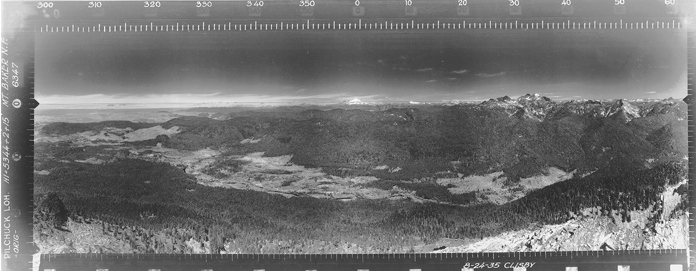
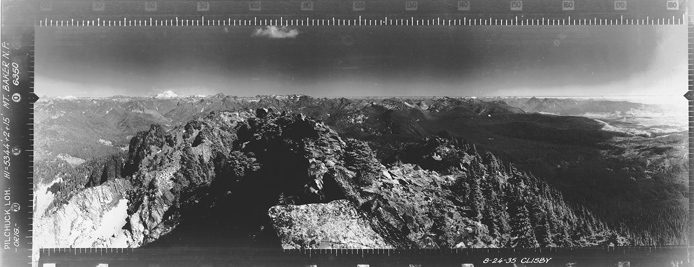
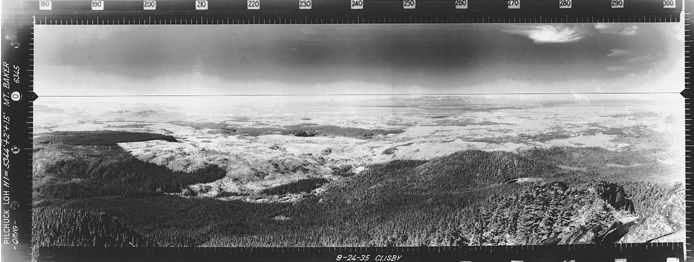

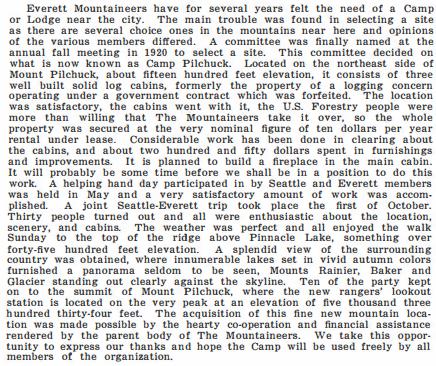
1918 Mountaineers Annual
1921 Mountaineers Annual
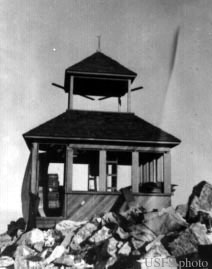
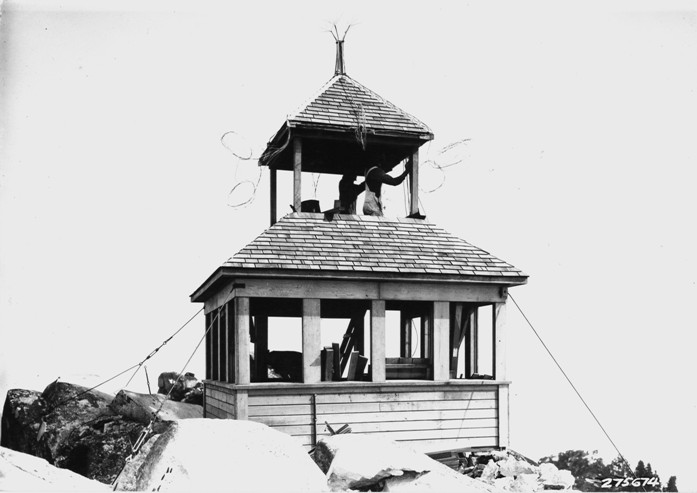
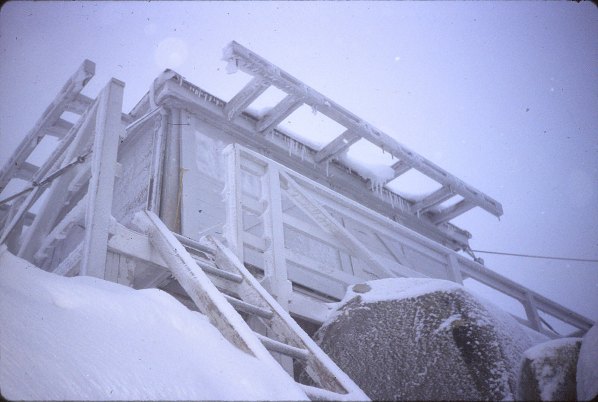
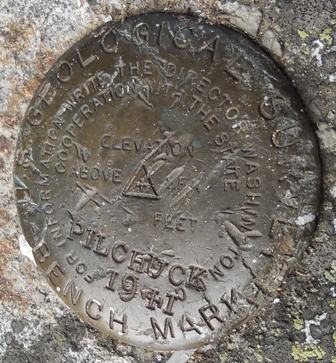
1931 Baker National Forest Map
My first visit reaching the summit was during some pretty bad weather
1921
1921 lookout under construction
Pilchuck Benchmark
Hiking trail topo map
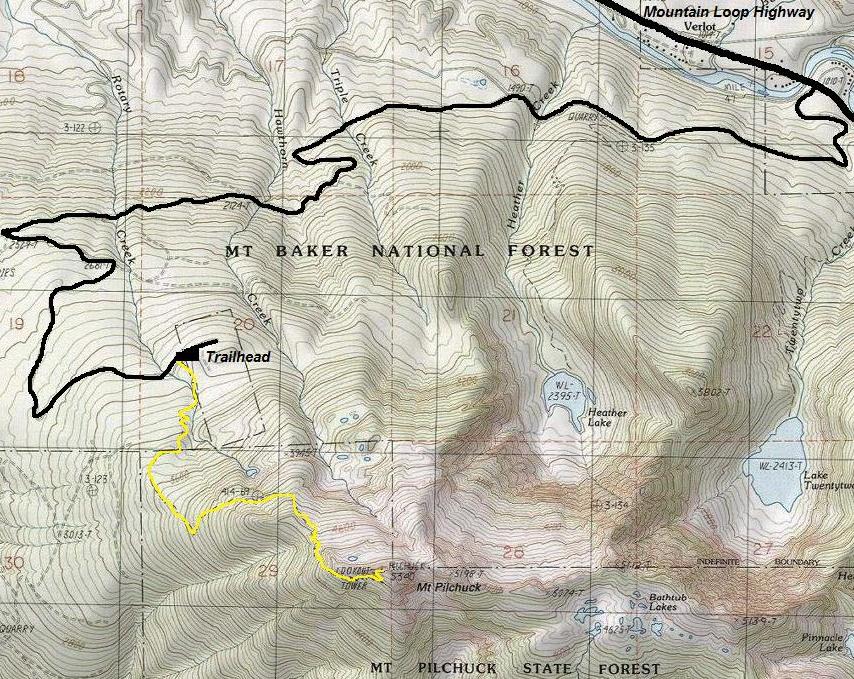
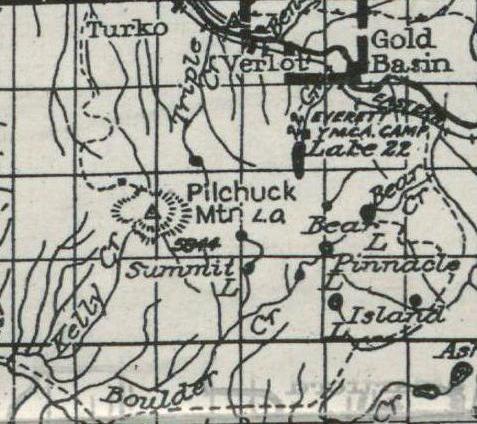
Southwest August 24, 1935
Southeast August 24, 1935
North August 24, 1935
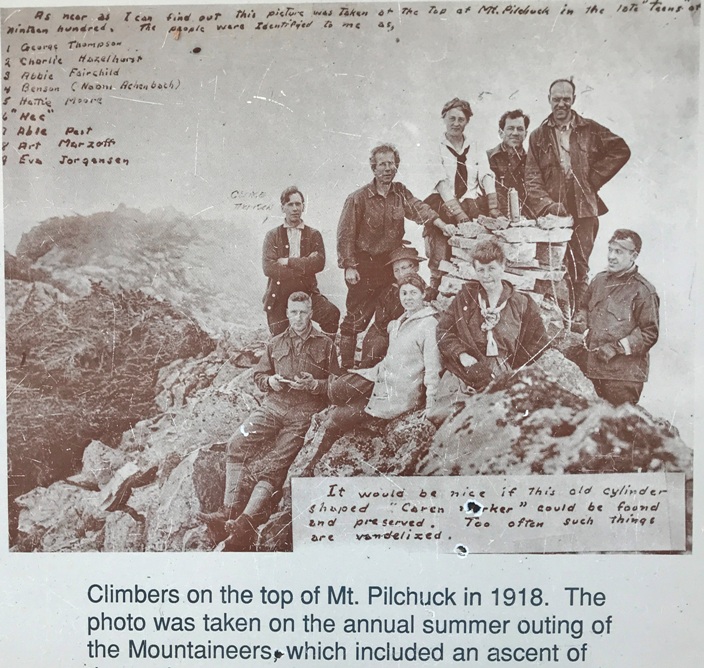
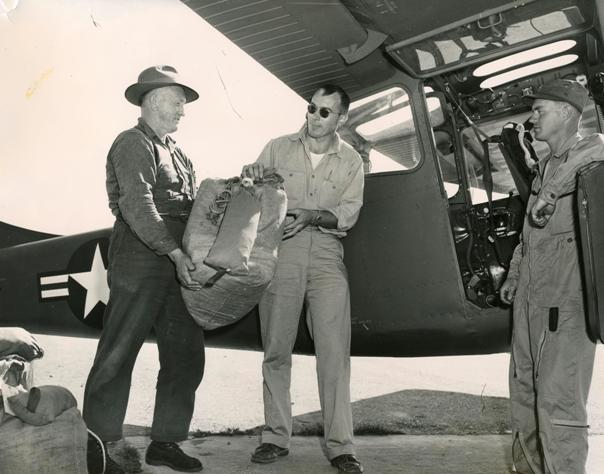
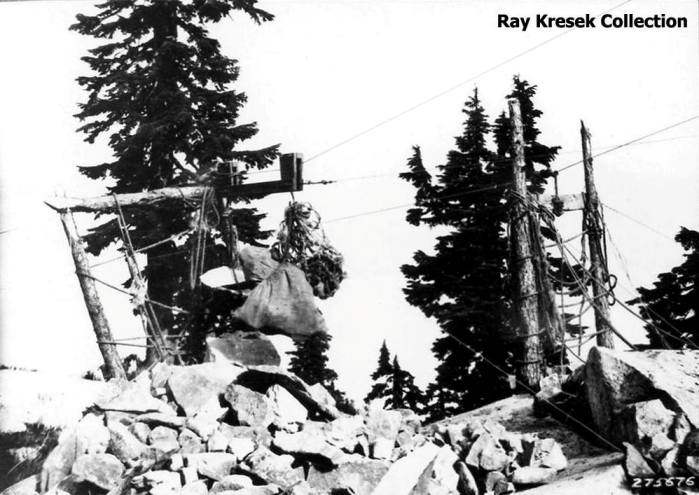
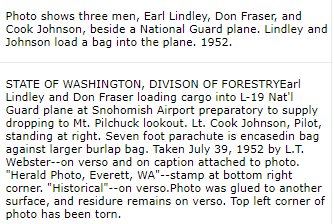
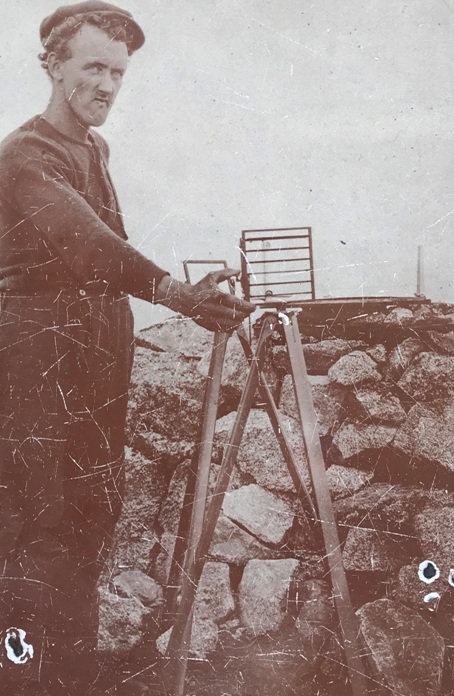
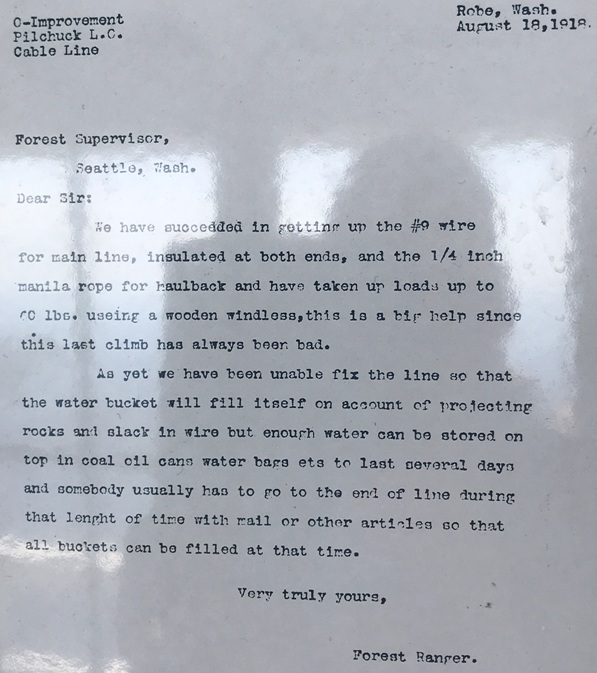
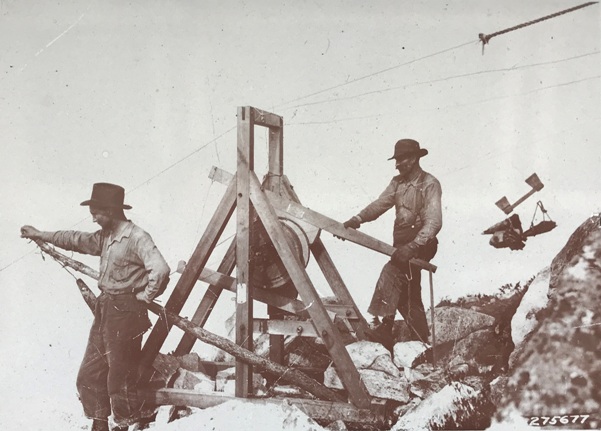
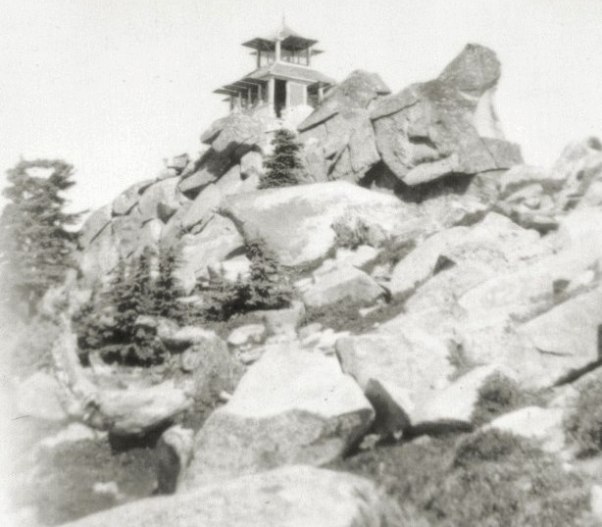
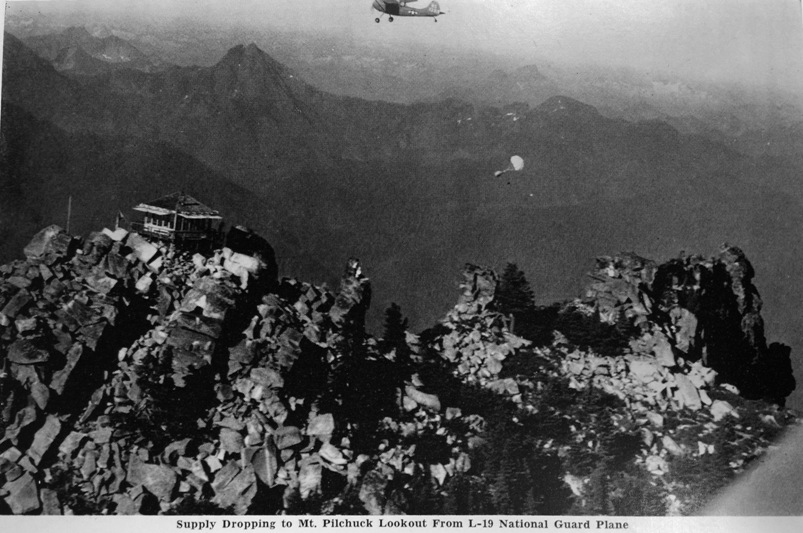
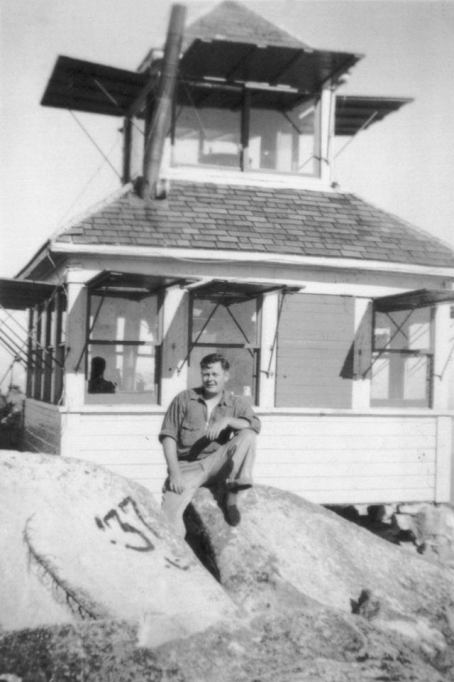
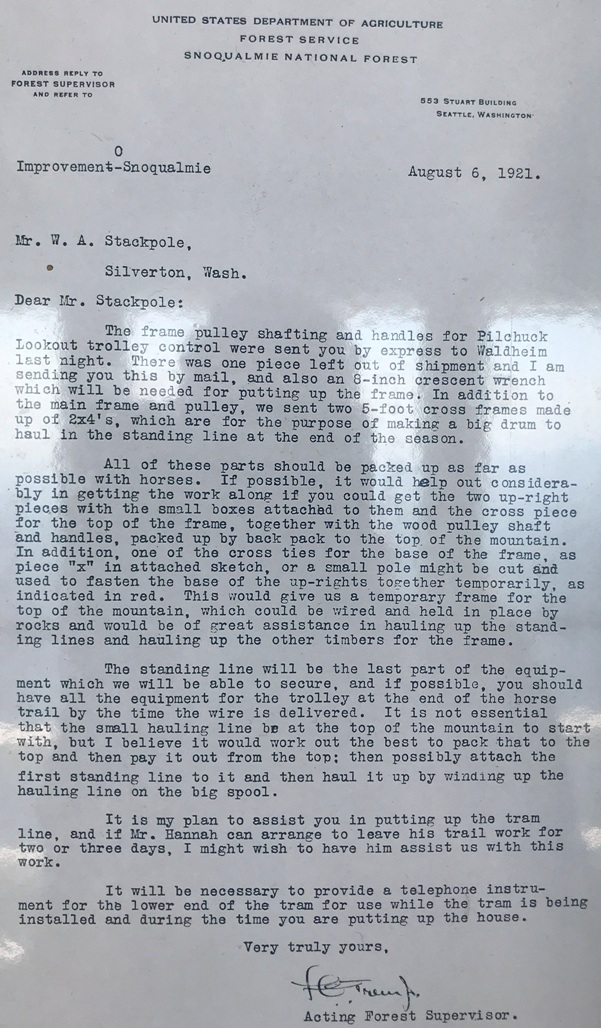
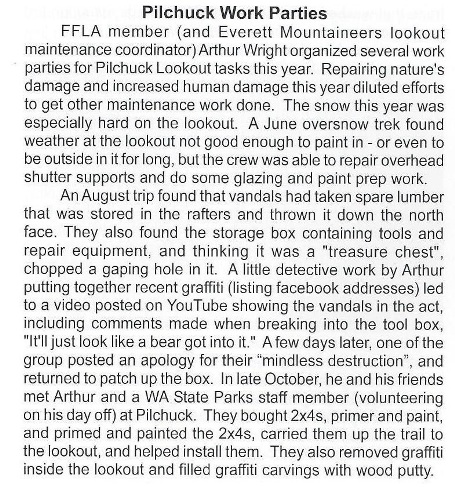
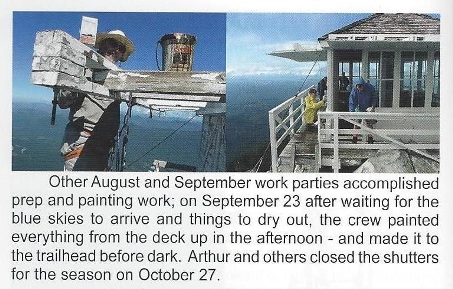
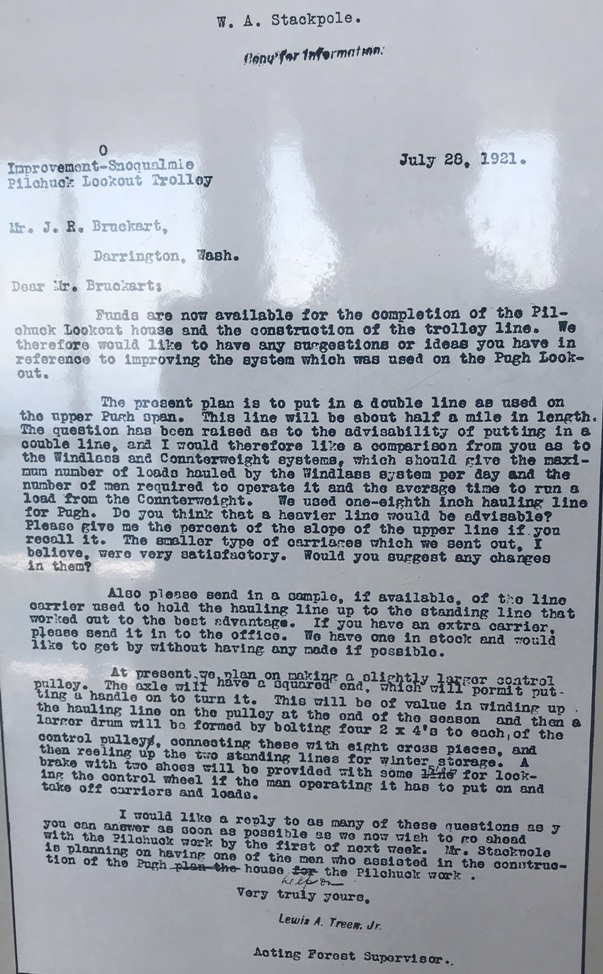

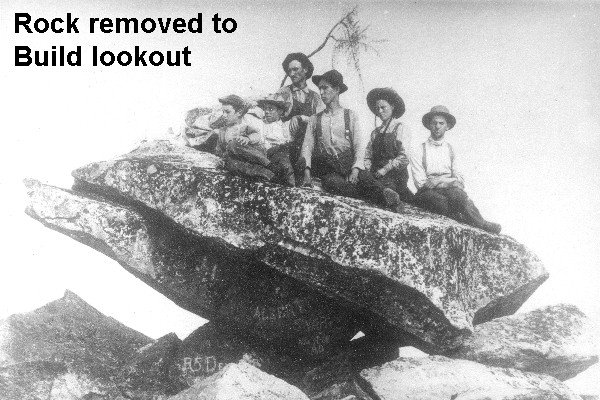
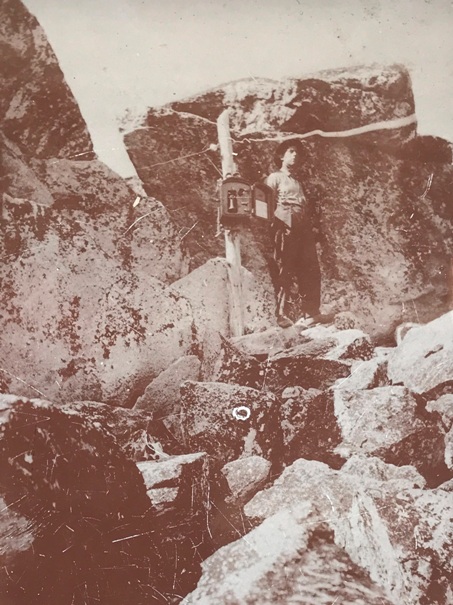
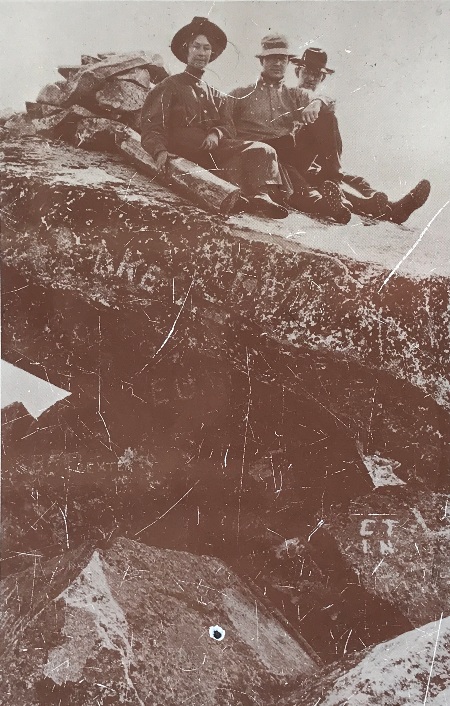
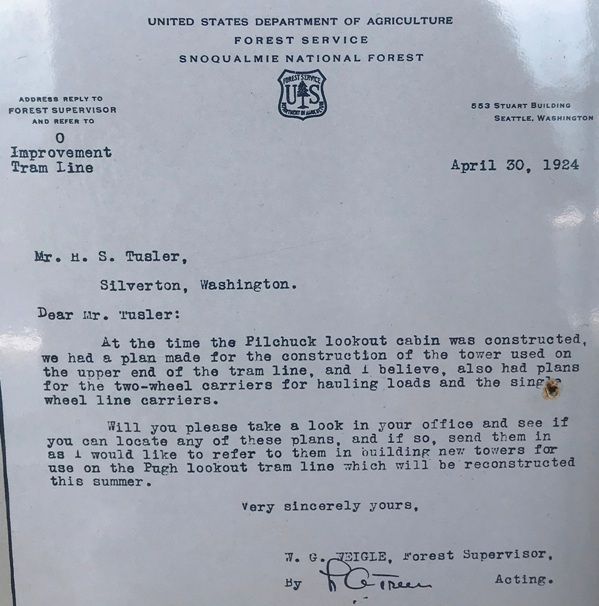
Joe Becketts image
Lower end of the tramline with bumpers to stop the carriages
Operating the tramline
Summer 2012 Lookout Network Magazine
Winter 2011 Lookout Network Magazine
Nels Bruseth with the heliograph on Pilchuck
Top of Pilchuck in 1912
Telephone Line at summit
Cupola 1930s
